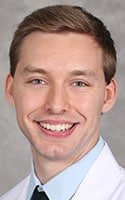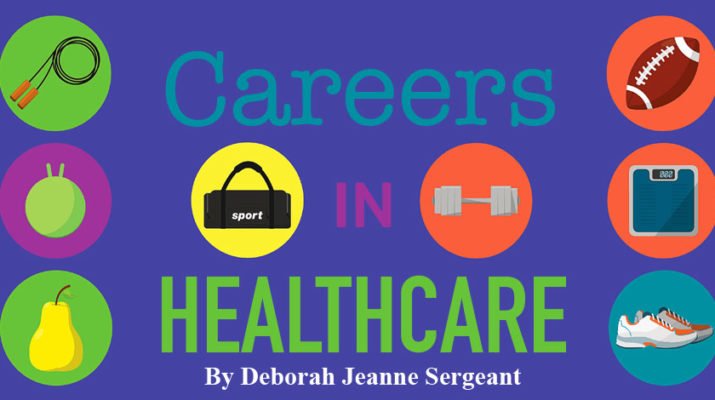By Deborah Jeanne Sergeant

Few careers in healthcare share the same kind of impact as the physician assistant.
The PA often performs tasks and works in roles like that of the medical doctor, but the PA educational path is shorter than the MD’s. That means that more PAs can enter the field to fill the gaps in healthcare caused by the increased demand and massive number of MD retirements happening. Like the MD, the entrance into PA programs is tough. Only about 2%-3% of applicants even enter the program.
“Oftentimes, they want a 3.5 GPA, but they also look at how your grades have progressed throughout your undergraduate experience,” said Cathy Burkett, director of advanced practice providers at Crouse Health. “Maybe in the first two years you didn’t tailor your undergrad courses or you started out rocky and ended up strong. They look at the entirety of your transcript to see how competitive you are as a student.”
She added that students applying to a PA program also need to present experience in the healthcare field. LeMoyne, for example, requires 750 total hours. It’s also helpful if applicants have participated in extracurricular activities such as sports that demonstrate high achievement and teamwork.
“You also need letters of recommendation to get into school,” Burkett said.
Students can enter a medical assistant program directly out of high school, which is a five-year program instead of a total of six years for those who complete a bachelor’s and then enter a two-year PA program.
The entry is so challenging that nationwide, PA programs boast an attrition rate of less than 1%. The applicants can participate in the five-year program directly out of high school or enter the two-year program if they already have a bachelor’s degree.
The final year of either program is working at hospital, rotating through a variety of settings every four or five weeks. After graduation, PAs must take a board exam and pass a background check to obtain their state license. At that point, they can practice in every setting in healthcare and in any specialty, augmented by on-the-job training. They must also complete 100 hours of continuing education credits every two years and sit for the exam every 10 years.
The flexibility of the PA field is part of what drew Matthew Kohls to become a physician assistant. He currently works at Oswego Health Fulton PrimeCare.
“I’m not stuck in one medical specialty,” Kohls said. “If I’m in family medicine, I could see if there’s a position in surgery. I’d get transferred to work in surgery. As a MD, once you do your residency, you stick with that specialty.”
PAs receive on-the-job training to different shift specialties. The licensing process varies among the states. For example, in New York, a PA needs only one license to practice with a MD or a doctor of osteopathic medicine. In Pennsylvania, PAs need separate licenses.
Nurse practitioners and physician assistants are sometimes referred to as “physician extenders”— not a term preferred by PAs — because they allow the office to extend care to more patients. “Mid-level provider” is also a term viewed negatively by PAs.
PAs and NPs perform similar tasks. However, PA training focuses on the medical model and NP training on the nursing model, which is patient-centered.
“Both get an adequate amount of schooling,” Kohls said. “Both work alongside a physician to examine patients, prescribe medication, treat, and can be a primarily healthcare provider.”
PAs can progress into management roles and into education.
Kohls enjoys seeing patients and helping people.
The annual median pay for a PA in the Central New York area is $116,930.
“The medical field just fascinates me,” Kohls said. “You see someone surviving this crazy thing or some doctor comes in and turns around a medical situation. It’s a great career to get into. It’s great meeting and talking with patients.”
PAs can perform physical examinations, diagnose, order lab work, interpret lab work, perform procedures and assist at surgeries. At some practices, they see their own panel of patients.
According to the Bureau of Labor Statistics, the job outlook from 2020 through 2030 is 31% growth, much higher than most other careers.
“A lot of the reason is that a lot of doctors are starting to retire and not as many doctors are coming into the field,” Kohls said. “NPs and PAs are filling that gap when doctors retire.”
The annual median pay for a PA in the Central New York area is $116,930.

